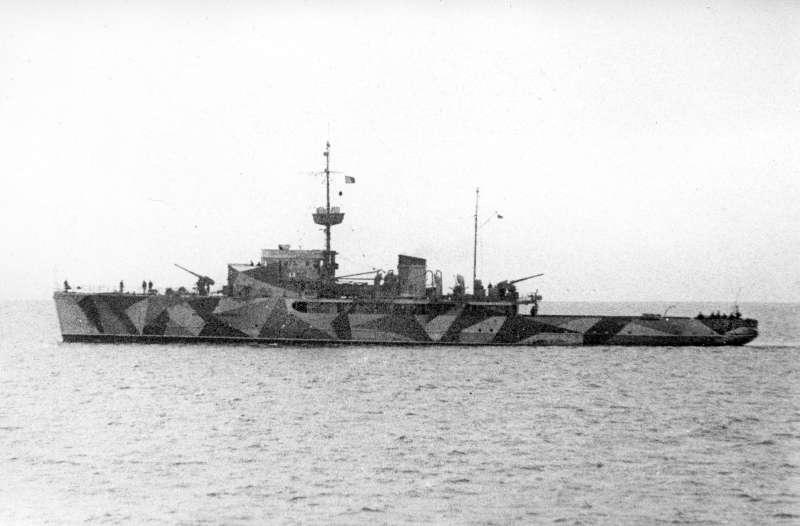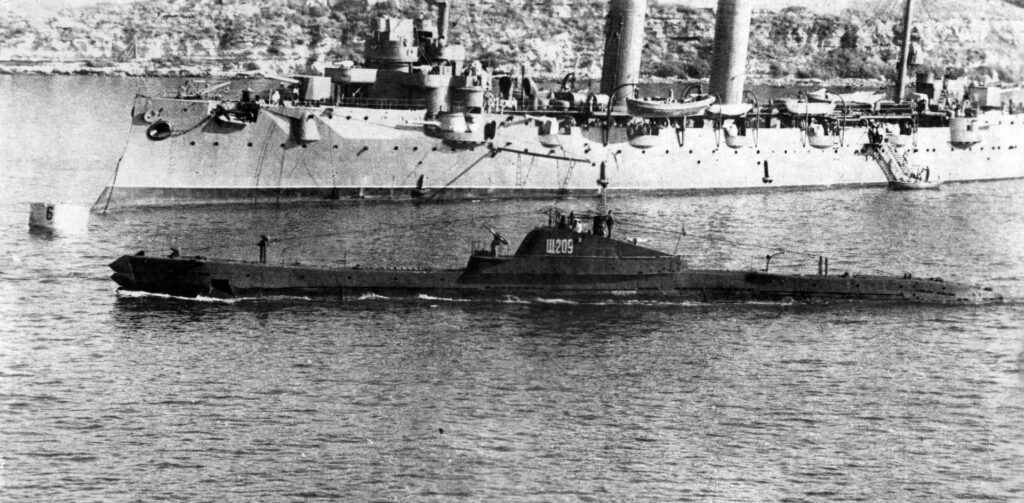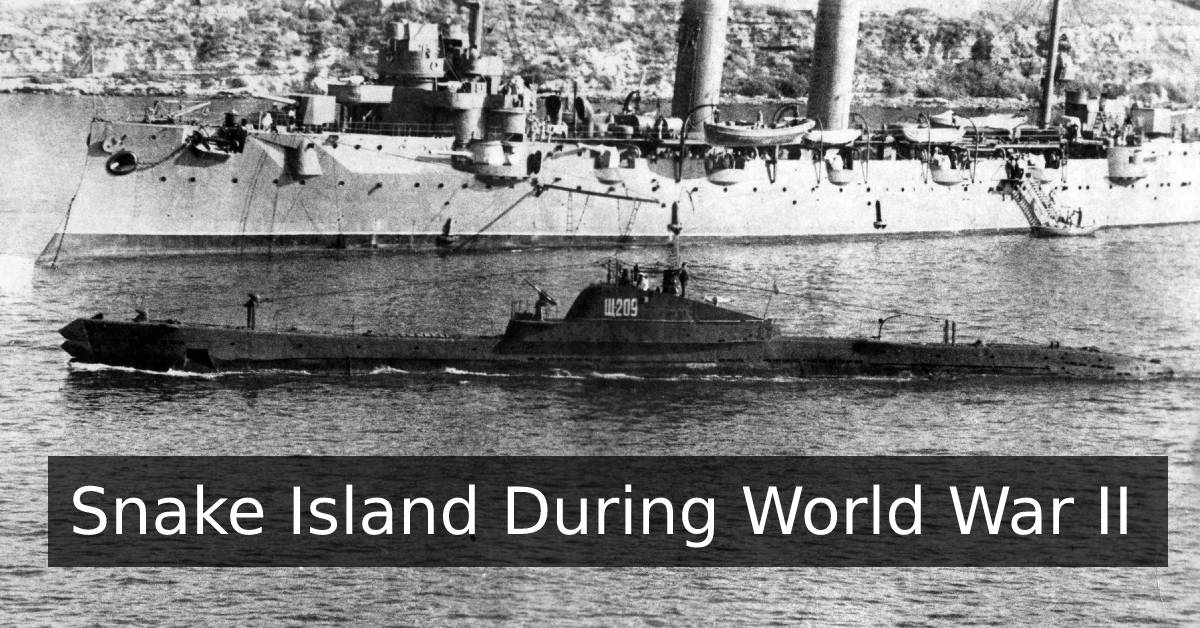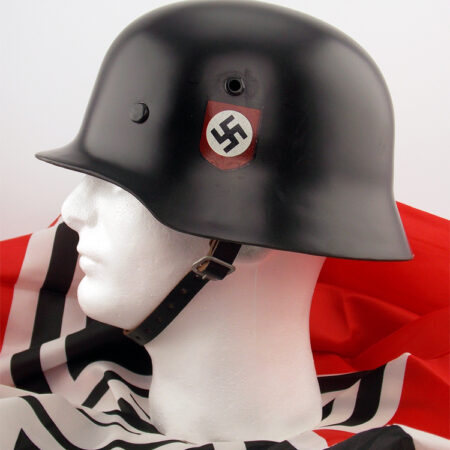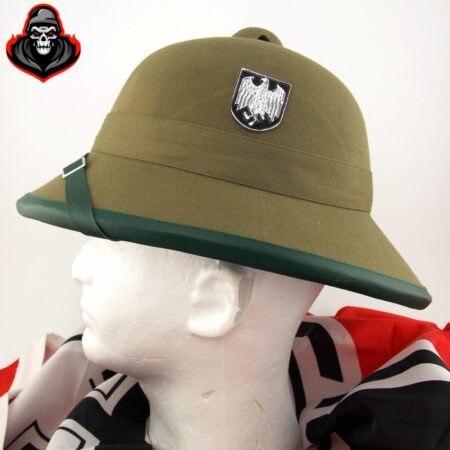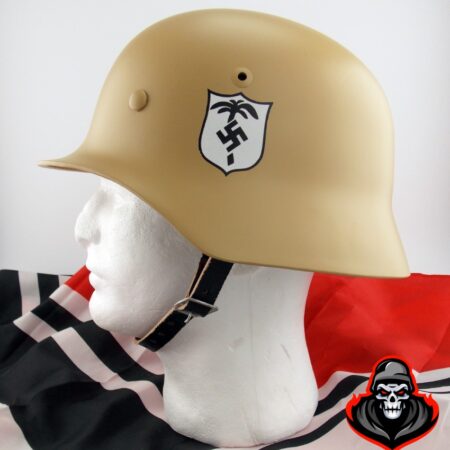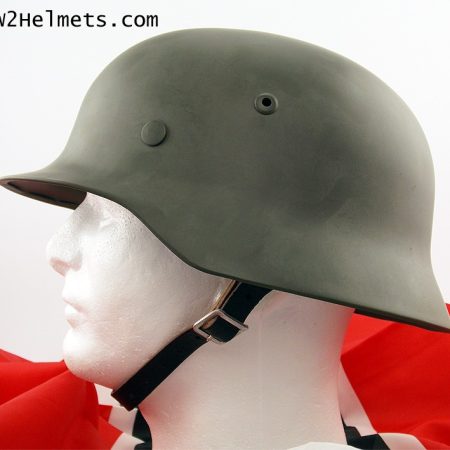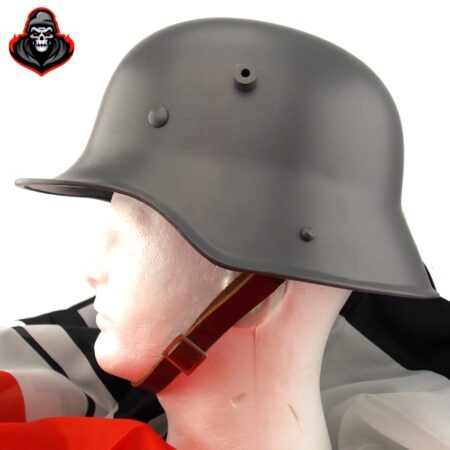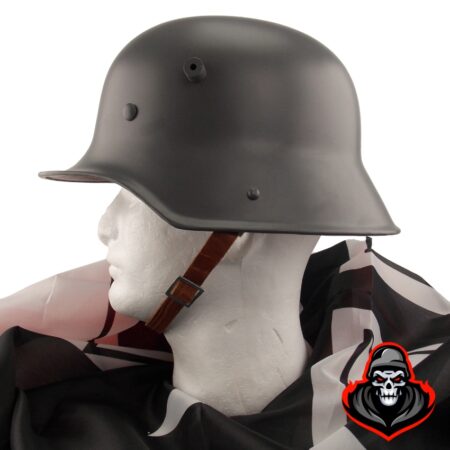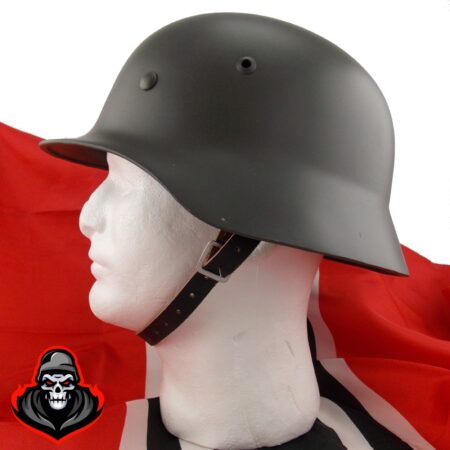The Black Sea Island of Conflict: A History of Snake Island
Throughout history there have been islands across the world which have become centres of conflict that far outweigh the geopolitical or economic importance of the islands themselves. For instance, in ancient times the city states of Athens and Megara went to war several times over possession of the island of Salamis in the Saronic Gulf. This was a largely pointless rivalry as it made little difference to either state’s economic interests. In the early 1980s Argentina went to war (unofficially) with Britain over possession of the Falkland Islands, a largely valueless island archipelago in the South Atlantic, while China is ratcheting up tensions with its neighbors in the South China Sea today over a series of tiny islands in the region that are of negligible value. One such island which is garnering a lot of attention today is Snake Island or Serpent Island in the north-west of the Black Sea. Lying off the coast of Ukraine in a region which has seen more than its fair share of conflict over the centuries, the island has been a perennial source of rivalry since ancient times.
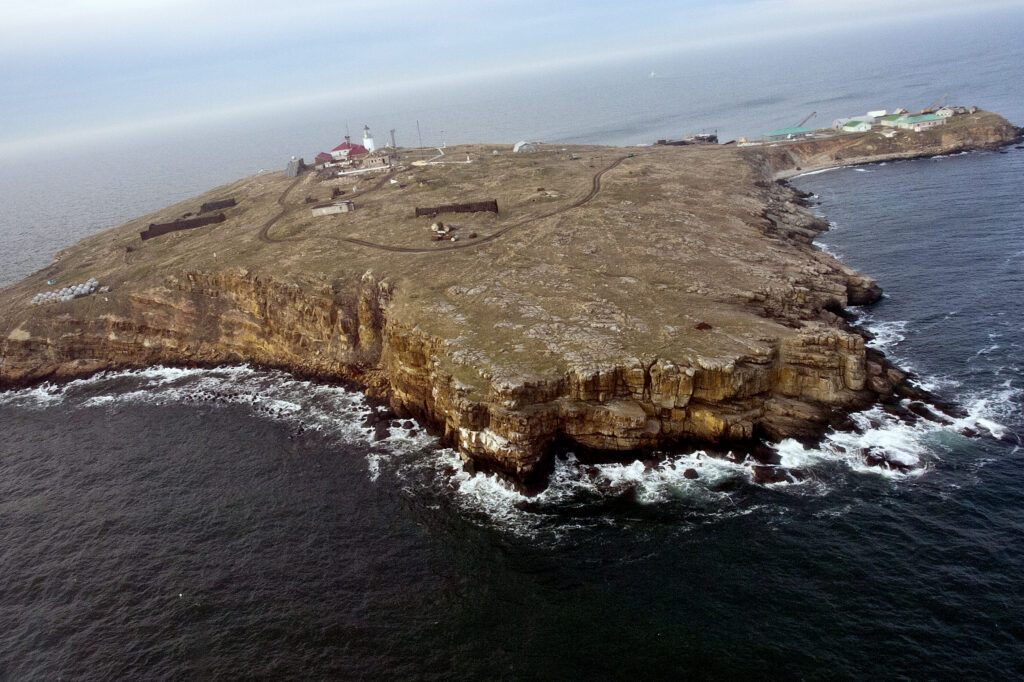
Snake Island, which is also known as Zmiinyi Island, is an island which lies some 35 kilometres off the coast of southern Ukraine, directly west of the Crimean Peninsula and south of the port city of Odessa. It is a tiny island measuring approximately 660 metres in length by 440 metres in width. Thus, there is only one settlement of any kind here, an outpost called Bile, which is used for various fishing and naval purposes. However, despite its relatively small size, Snake Island has some significance owing to its geographical location on the outskirts of the Gulf of Odessa and also its proximity to the mouth of the River Danube, Europe’s largest waterway. Thus, over 2,500 years ago the Greeks, who called the outcrop Leucos or White Island, built a temple here to the hero of the Trojan War, Achilles. There was also a temple to Apollo, the god of archery, music and poetry. The site was considered important as it was traditionally believed to be the resting place of the remains of Achilles and his companion, Patroclus. Later in Roman times the island continued to hold some significance for the peoples of the Mediterranean and it is mentioned by the early imperial Roman poet, Ovid, who was banished to the region around Odessa, and several Greco-Roman geographers such as Strabo and Ptolemy.
Snake Island began to become a point of conflict between local societies in Eastern Europe in the Late Medieval Period as the Eastern Mediterranean and the Black Sea were contested by various powers such as the Ottomans, Byzantines, Genoans and Venetians, as well as nomadic people from the Asian Steppe such as the Cumans and then the Mongols who descended from north of the Caspian Sea into Eastern Europe. Thus, possession of the island changed hands many times. In the late eighteenth century it became pivotal to clashes between the Ottoman Empire and Tsarist Russia which were occurring across the north of the Black Sea and down along the eastern coast of the Balkans. For instance, during the Russo-Turkish War of 1787 to 1792 the Battle of Fidonisi, so-named after the Greek name for the island in modern times, occurred here on the 14th of July 1788. This naval battle ended in victory for the Russian fleet, as did the wider war four years later, resulting in the annexation of what is now part of southern Ukraine by Russia from the Ottomans, a portion of land which included the port of Odessa and extended the Russian border south-east to the Dniester River.

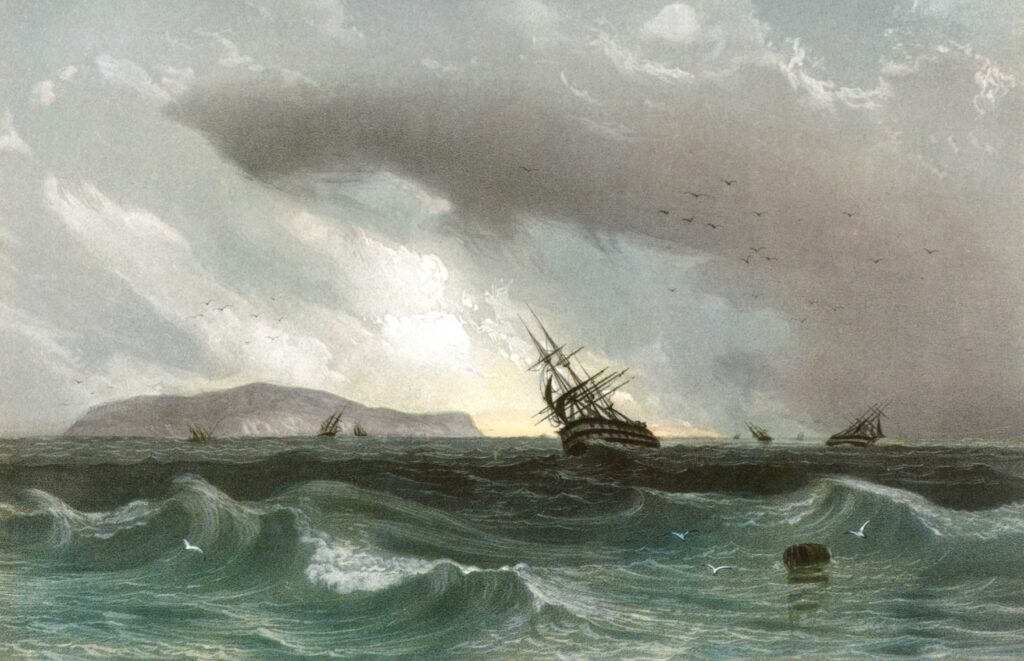
In 1853 the island became central to yet another conflict when the Crimean War broke out as an alliance of Britain, France and the Ottoman Empire tried to block the rise of Russian power in the Balkans. Under the peace terms which ended the war in 1856 Snake Island was returned to the Ottomans, however this was only a temporary measure as the island was given to Romania following its independence from the Ottomans in 1877. Thus, when Romania allied with Russia in the First World War, the Russians yet again returned to Snake Island in order to operate a wireless station there. Consequently the Turks yet again attacked the island in June 1917, although when the wider global conflict ended in November 1918 the island was eventually reconfirmed as a Romanian possession.
The Second World War saw Snake Island become a major source of conflict. Romania joined the Axis alliance in November 1940. Radio stations were consequently established here in advance of the German invasion of Russia and when Operation Barbarossa commenced in the summer of 1941 Romania committed more troops to aid the Germans on the Eastern Front than all of the other Axis allies combined. As a result Snake Island, which lay near the Romanian-Soviet border, became a major source of conflict during the war. Large gun emplacements were placed on the island and mines were laid down in the waters around it. Starting in June 1941 the waters thereabouts also became sources of increasing clashes between patrols of Romanian ships and Soviet destroyers, cruisers and submarines. This became particularly intense in the early winter of 1942 as the Battle of Stalingrad was raging on the mainland further to the east, becoming one of the most decisive conflicts of the Second World War. For instance, on the 1st of December 1942 a Soviet cruiser and destroyer arrived there and began bombarding the Romanian positions on the island. This resulted in damage to the radio station, barracks and lighthouse there, but the Soviets were eventually fended off. In the weeks that followed several Soviet submarines were sank by Romanian mines and depth charges in the waters around the outcrop. And this eventually convinced the Soviets to leave the Romanians in possession of the island until they were better placed to occupy it. Thus, it was not until the last days of August 1944, as Soviet troops barreled across Eastern Europe towards cities like Warsaw and Krakow, with the ultimate goal of reaching Berlin, that the Romanian marines ensconced on Snake Island were evacuated and it finally fell to the Russians.

In the aftermath of the Second World War the mainland to the west of Snake Island was ceded from Romania to the Soviet Union, and the island theoretically fell into Russian hands. However, it remained a point of contention between the Soviets and their Communist allies in Bucharest throughout the Cold War, with the result that when the Soviet Union collapsed in 1991 newly independent Ukraine acquired control of it. As a result, the tiny island in the north-east of the Black Sea has yet again become central to a military conflict following the Russian invasion of Ukraine in February 2022. Snake Island was attacked on the very first day of the war, the 24th of February, as Russia has attempted to block Ukraine’s access to the Black Sea. The attack on the island gained widespread notoriety when the Ukrainian garrison responded to demands by the crew of a nearby Russian cruiser to surrender by stating, “Russian warship, go fuck yourself.” Despite this spirited act of defiance, the island was occupied within hours by the Russians, however, as Moscow’s campaign in Ukraine faltered in the weeks that followed, the Ukrainian army engaged in tactical strikes on the Russian position on Snake Island in April 2022. Thus, expect Snake Island to continue to have a centrality to conflicts in the Black Sea completely disproportionate to its size and economic value for the foreseeable future.
